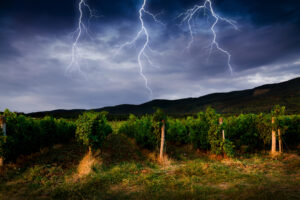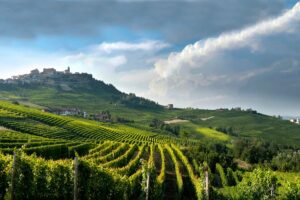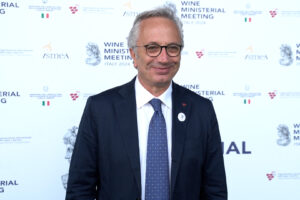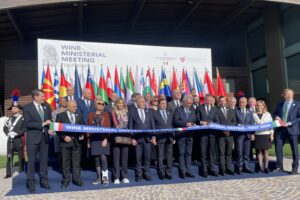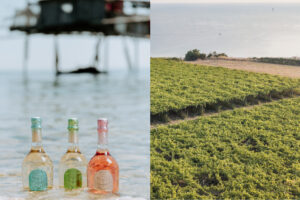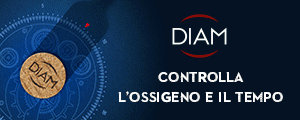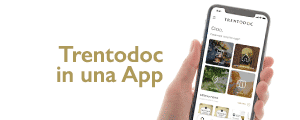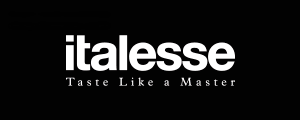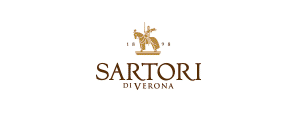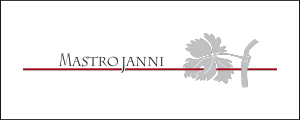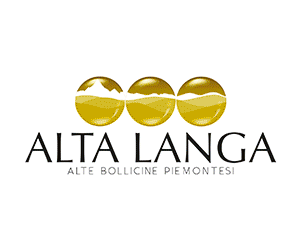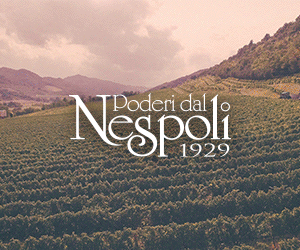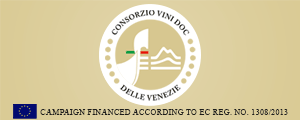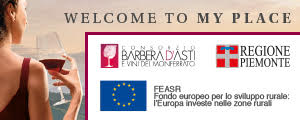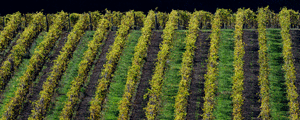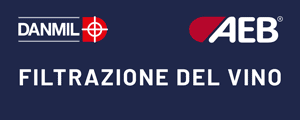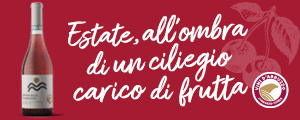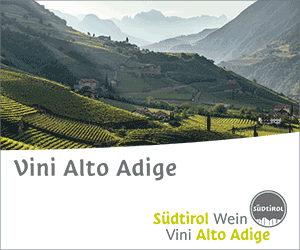Agrifood is a widespread wealth in Italy, from Valle d'Aosta to Sicily, although over 60% of exports are concentrated in 4 Regions, Veneto (17%), Lombardy (16%), Emilia Romagna (15%) and Piedmont %). These are the results of the Nomisma Agrifood Monitor analysis for the first half of 2017.
It is estimated that by the end of the year Italy’s total exports will exceed 40 billion euros (+ 6% over 2016), driven by growth in across the border sales of wine (+ 7%), salami and cheese (+ 9%).
This is an important result for “a chain worth over 130 billion euros in added value (9% of Italian GDP), which from agricultural production to retail and catering generates jobs for over 3.2 million people for 13% of the total, and involves 1.3 million businesses, equal to 25% of the companies registered in the Commercial Chambers of Commerce)”, emphasized Nomisma. Agrifood is one of Italy’s strengths, whose quality is loved and recognized all over the world, yet it holds only position number 9 among the top agri-food exporters, far from the US (122 billion euros exported in 2016, 69 between January and July 2017), but also behind Holland (87 billion in 2016, 54 in the first half of 2017), Germany 73 and 44), China (64 and 43), Brazil (62 and 36), France (59 and 35), Spain (46 and 29) and Canada (42 and 25). Of course, Italy’s performance must of course be compared to the size of its competitor countries, the logistics and rules of the various producer countries as well as bilateral agreements, and not only.
In any case, it is a fact to reflect upon because even if the 40 billion euro target is met in 2017 (Italy has exported goods for 22.7 billion euros between January and July 2017), being able to reach 50 billion euros by 2020, as many are hoping (most recently, the Minister of Foreign Affairs Angelino Alfano, at the launch of the second edition of "Italian Food Week in the World" to be held from November 20th -26th, https://goo.gl/i2tUSp), means growing another 25% over the next three years.
Looking at the target markets, above all, the non-EU countries (though they account for even less than 35% of total exports) mark the highest growth rates, Nomisma points out. Among them, Russia and China, which show double-digit variations in purchases of Italian agri-food products (over 20%), although their "weight" continues to be marginal on total exports (less than 2%). Instead, North America and EU countries (January-July 2017) are in line with the industry’s average exports.
“Increase in exports coupled with consolidation in the recovery of food consumption on the domestic market (food sales at +1.1% in the first nine months of this year compared to the same period in 2016) means a economic growth in 2017 for agri-food industry companies”, said Denis Pantini, Head of Nomisma Agri-Food Industry.
The strategic importance of the agri-food industry, however, goes beyond the absolute values and is expressed in maintaining and protecting the socioeconomic capacity even in times of crisis.
“Since the outbreak of the global recession (2008) to date,” continued Pantini, “the added value of the Italian agrifood industry has grown 16%, countered by a decline of more than 1% in the manufacturing sector and a recovery of 2% of the total economy, substantially only since 2015”.
This is a good situation for a highly fragmented sector where food businesses with more than 50 employees (medium to large) account for just 2% of the total, when in other competing countries - such as Germany – it is 10%. This also explains why our food industry exports is 23% while Germany’s is 33%, or taken from another angle, why our exports are still much lower than the French (59 billion euros) or the German (73 billion).
The presence of various sized businesses coupled with better developed infrastructure networks as well as more "market-oriented food products", also explains why, Nomisma’s analysis points out, as already mentioned, over 60% of Italian exports refer to just 4 regions, Veneto, Lombardy, Emilia Romagna and Piedmont, while the entire South of Italy counts less than 20% (Campania at 8% and Apulia at 4%).
This gap is likely to get wider, even in this year's favorable trend for our products. In the first half of 2017, while the regions in Northern Italy have marked more than +7% growth in across the border sales the Southern regions haven’t reached +2%.
Copyright © 2000/2024
Contatti: info@winenews.it
Seguici anche su Twitter: @WineNewsIt
Seguici anche su Facebook: @winenewsit
Questo articolo è tratto dall'archivio di WineNews - Tutti i diritti riservati - Copyright © 2000/2024











